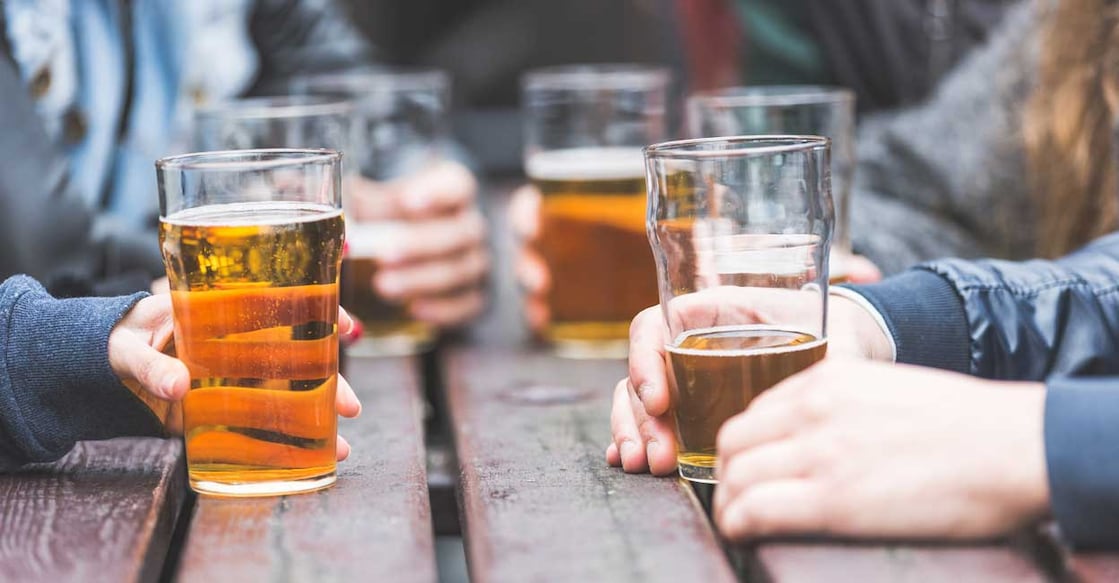Brain mapping of teenagers can help predict their future drinking behaviour

Mail This Article
New York: Current and future drinking behaviour among people can be predicted through mapping their brains in teenage, suggests a study.
Teenage brains form new connections during adolescence. Two systems that are rewired during this time are networks related to reward and inhibition.
Researchers from Yale University in the US sorted through a massive MRI dataset of teenage brains to see if they could predict drinking behaviour in adolescents by looking at how these two systems rewire during development.
The study, published in the JAMA Psychiatry journal, revealed that the inhibitory and reward pathway, which broadly regulate "brake" and "go" behaviour can help forecast how likely those teenagers are to drink heavily in the years to come.
The study also revealed that the data from both tasks could predict alcohol use in girls but only the inhibitory task data were helpful in predicting behaviour in boys.
For instance, girls tend to develop their inhibitory systems, the connections that can tell them not to do something earlier than boys. Because of this, researchers sometimes spot different drinking patterns between male and females during adolescence, with boys more likely to engage in risky drinking behaviour than girls.
To conduct this study researchers involved 2,000 childrens of age around 14 years and asked them to perform various tasks while having their brain imaged in an MRI.
Some of these tests were intended to activate the reward and inhibitory systems, such as having participants play a game for money or resist pressing a button in response to a stop signal. These same teenagers were then brought back when they turned 19 to take the same tests.
"By following these teenagers over time, we were able to map out how the brain changed over that five-year period. This type of dataset is very rare. As such, it is uniquely poised to let us ask questions that haven't been possible before," said Sarah Yip, Associate Professor of psychiatry and in the Yale Child Study Center.
The study also found that in boys, only brain imaging data collected during the inhibition task, a task that tests how well people "hit the brakes" on certain behaviours could reliably predict drinking behaviour.
On the other hand, brain imaging data collected during both the inhibitory and reward tasks were related to future alcohol use in female participants.
"Researchers could use this information to develop new therapies for treating risky drinking behaviour in both teens and adults. These findings also suggest that targeting treatments for male and female patients may be a helpful approach to improve treatment outcomes. Imaging these brain networks might also help clinicians determine whether their treatments are working for their patients," said Yip.

